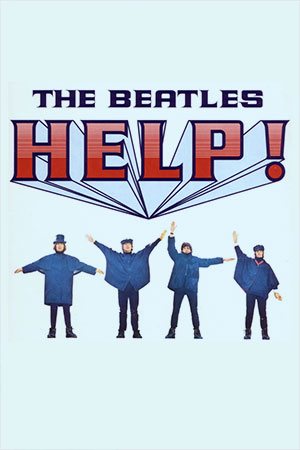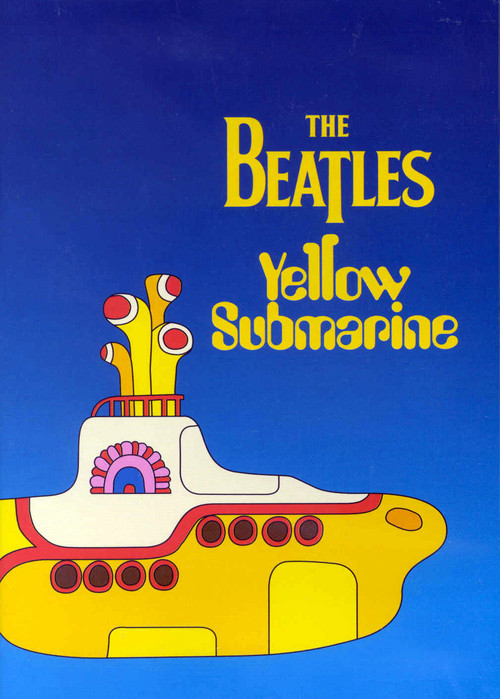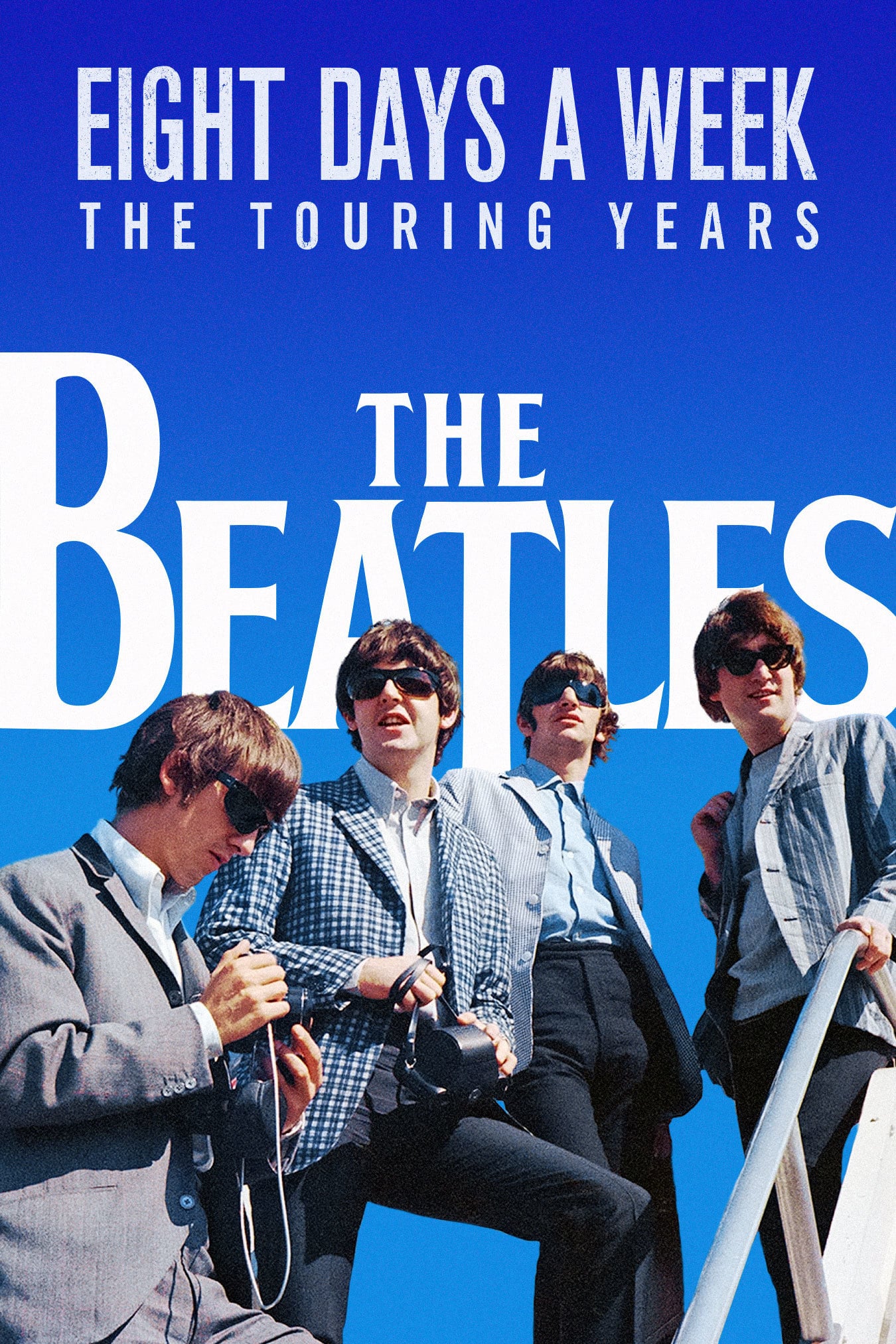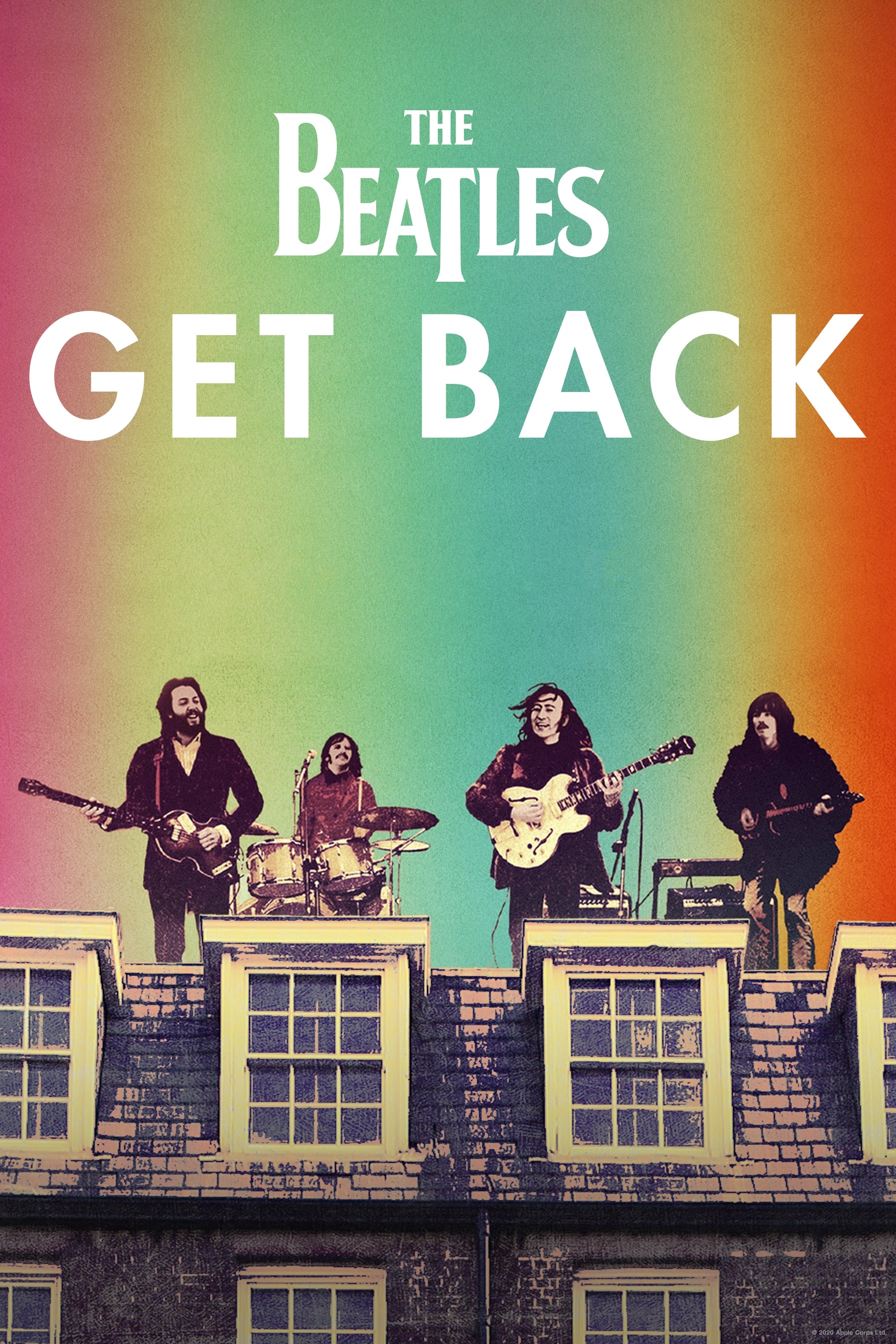It was 60 years ago today…well not quite.
Technically, it was 60 years ago this past Friday February 7th when a mind-blowing 73 million viewers tuned in to the top variety program on television, the Ed Sullivan Show, and first experienced the four lads from Liverpool known as the Beatles.
That seismic event, which included follow-up appearances on the next two Sullivan shows that month, launched the band on a trajectory of success not even their most ardent early fans could have imagined. And it happened so fast.
The Beatles had only broken through in their native England sixteen months before with their first charting single, “Love Me Do.” A year later, they were a sensation in Europe, performing for the Queen Mother at the Royal Variety Show in London.
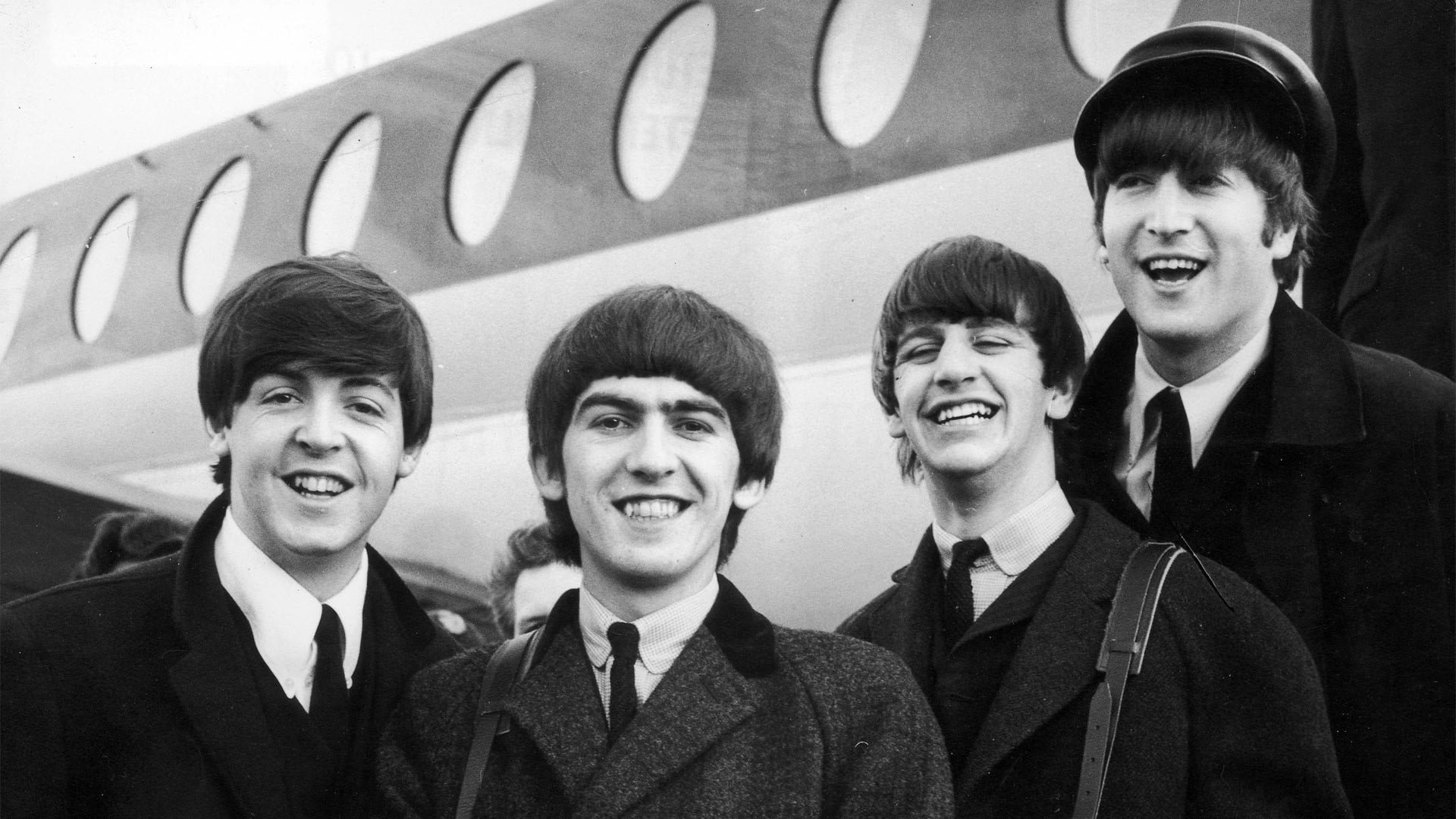
By this time, Sullivan, a former reporter and columnist, had already heard about them. Beyond the comedians, musical stars, and novelty acts he routinely featured, what truly set the show apart was Sullivan’s knack for spotting and introducing new talent. (His show had launched Elvis back in 1956).
With the Beatles already on his radar, Sullivan happened to be at the London Airport in the fall of 1963 and witnessed a huge, hysterical mob of schoolgirls on-hand to welcome them back after their tour of Sweden. Soon after, his representatives contacted Beatles manager Brian Epstein.
During negotiations, Epstein suggested Sullivan also book another Merseyside-area band, Gerry and the Pacemakers, at a late date, accelerating the British invasion that quickly brought us groups like the Rolling Stones, the Who, Herman’s Hermits, and many more.
It all exploded after the Sullivan show. Let’s consider what happened in 1964 alone.
Going into the year, United Artists’ British subsidiary had already signed a three picture deal with the Beatles, largely to secure the lucrative album rights. The first movie was to be shot quickly on a budget of $500,000, serving mainly as a marketing tool to boost record sales.
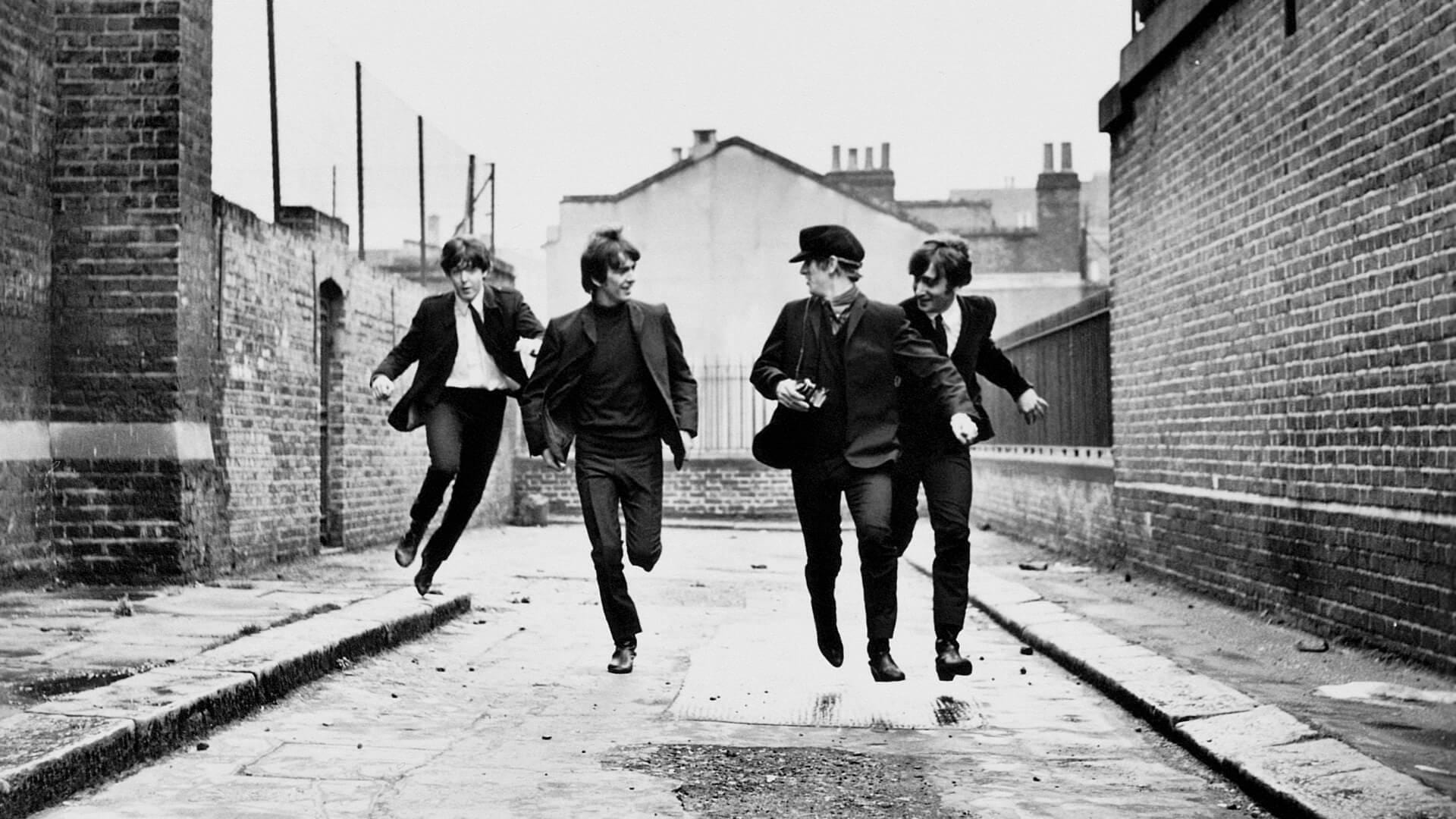
Why so cheap? First, the Beatles had yet to set foot in America when these negotiations happened, so there was no guarantee they would become such a huge sensation stateside. Then, even in the face of their meteoric rise, many wondered if the group had staying power. Would they be a passing fad? How much more popular could they get, and how long could they sustain it? (Even the Beatles themselves were quietly asking those questions.)
Also, not everyone embraced them at first, and certainly not the older generation. The sentiments expressed in Newsweek’s savage review of the Sullivan show was shared by many in the “Establishment”: “Visually they are a nightmare…Musically, they are a near disaster.”
And yet, countless teenage fans everywhere were going wild. Epstein and team wanted to take full advantage of the moment and get both the movie and accompanying album out fast.
They tapped up-and-coming ex-pat director Richard Lester to helm the production, and also brought on scriptwriter Alun Owen, who’d already traveled in Europe observing the band and getting to know each of the “Fab Four”.
The Beatles valued the fact that Owen understood Lillipudlians, and specifically, how they talk. That meant the dialogue would flow naturally and they could be themselves, with room to improvise.
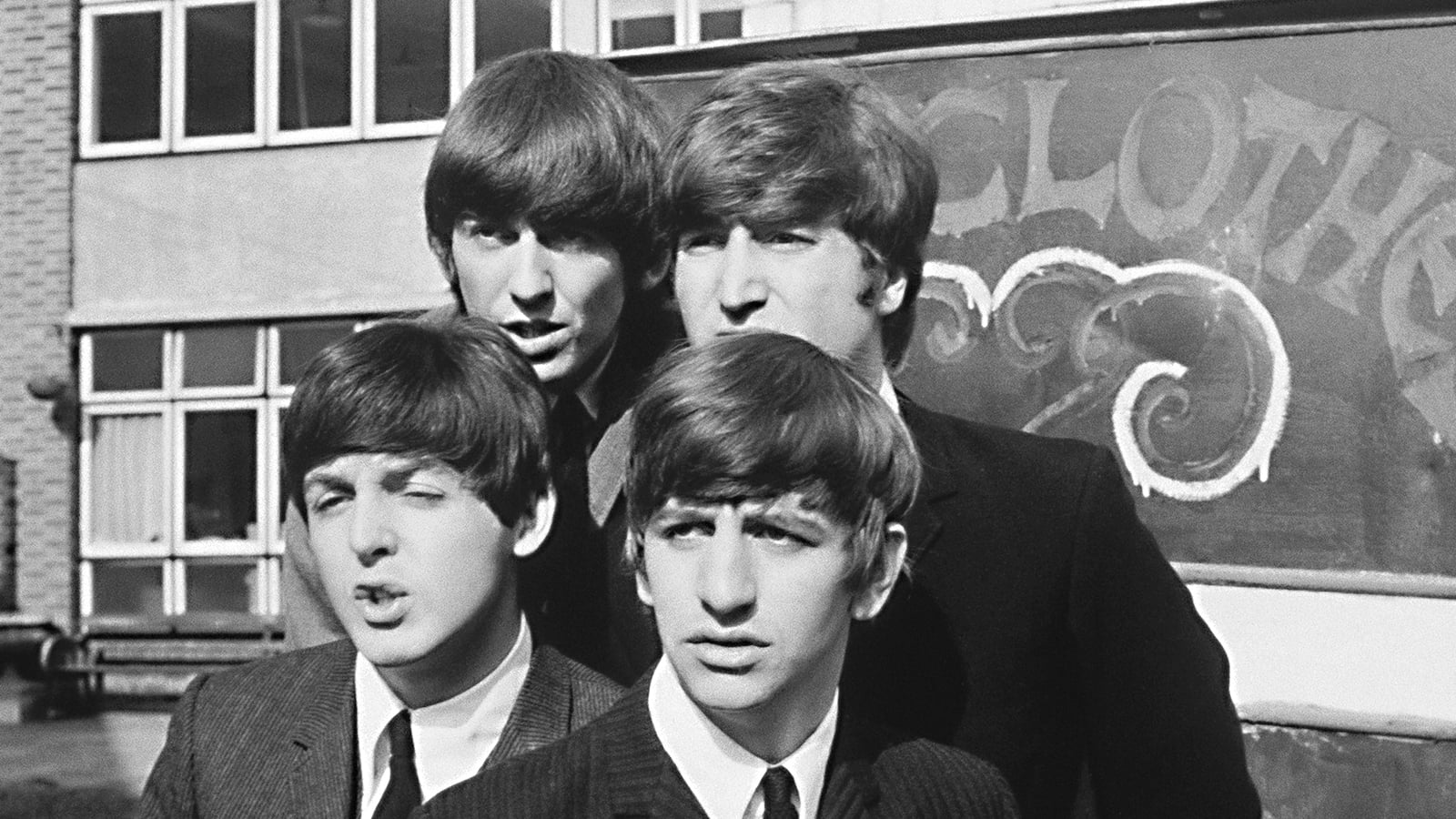
The uproar caused by the Sullivan show only lit a fire underneath everyone, so the cameras were ready to roll at the beginning of March. The Beatles had just secured their acting union cards on the first day of shooting.
Lester and the Beatles had agreed on the title “A Hard Day’s Night,” inspired by a malapropism from Ringo, who was known for them. A song had to be written quickly with that title, and reportedly John and Paul competed to see who could come up with one first. As it happened, John turned one around overnight.
Given its lean budget, the film would be shot in black-and white, in a “you are there” documentary style, with the audience sitting on the Beatles’ shoulders as they navigate all the bedlam with down-to-earth charm and an endearing impudence.
Lester made the most of the musical sequences, integrating exuberant slapstick and quick, non-sequential cuts in the editing room. Combined with the rapid-fire dialogue and the music itself, these innovative touches gave the film an irreverent, anarchic quality that felt liberating and utterly new, capturing the mood of an increasingly restive younger generation.
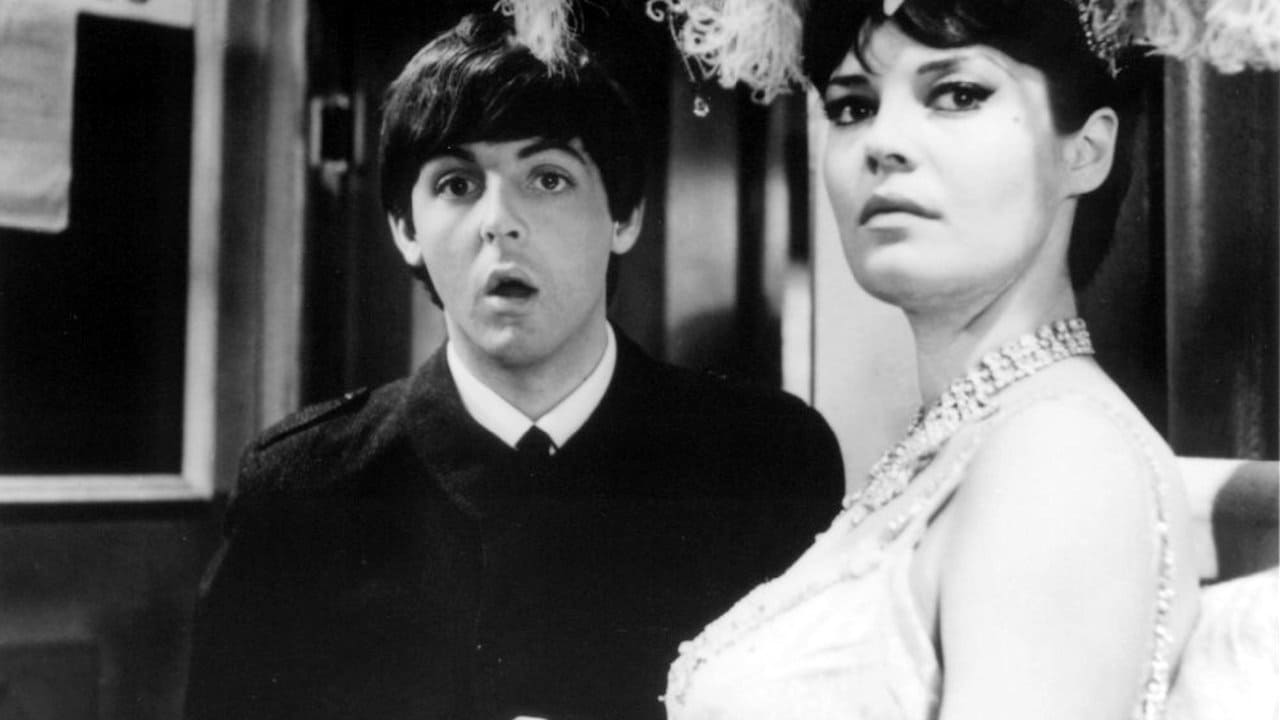
A variety of established British character actors were peppered into the story, including Wilfred Brambell as Paul’s “very clean” father, Norm Rossington as long-suffering road manager Norm, and Victor Spinetti playing a neurotic TV director in a fluffy sweater.
Topping it off are two memorable cameos: Richard Vernon as the disapproving, upper-crust bureaucrat the Beatles encounter on the train, and Kenneth Haigh as a deliriously over-the-top marketing maven. (Also look for young Pattie Boyd playing a fan. George met her on set, and they married in 1966.)
Filming was finished in just six weeks, leaving ample time for post-production. Miraculously, “A Hard Day’s Night” premiered in July, 1964. The reviews were mostly positive, and lines formed around the block at every movie theater lucky enough to secure a print.
The film eventually earned two Oscar nods (for Screenplay and Music Scoring, for George Martin). By 1971, it had grossed over $11 million (nearly $80 million in today’s dollars), making it, percentage-wise, one of the most profitable movies ever.
It would go on to inspire the look and feel of sixties cinema, and the whole music video industry. (Much later, when someone told Richard Lester he was the father of MTV, the director jokingly demanded a paternity test.)
Even with their movie a runaway hit, there was no rest for the Beatles in 1964. That summer, they embarked on a grueling tour of North America, doing 32 concerts in as many days. It was yet another triumph.
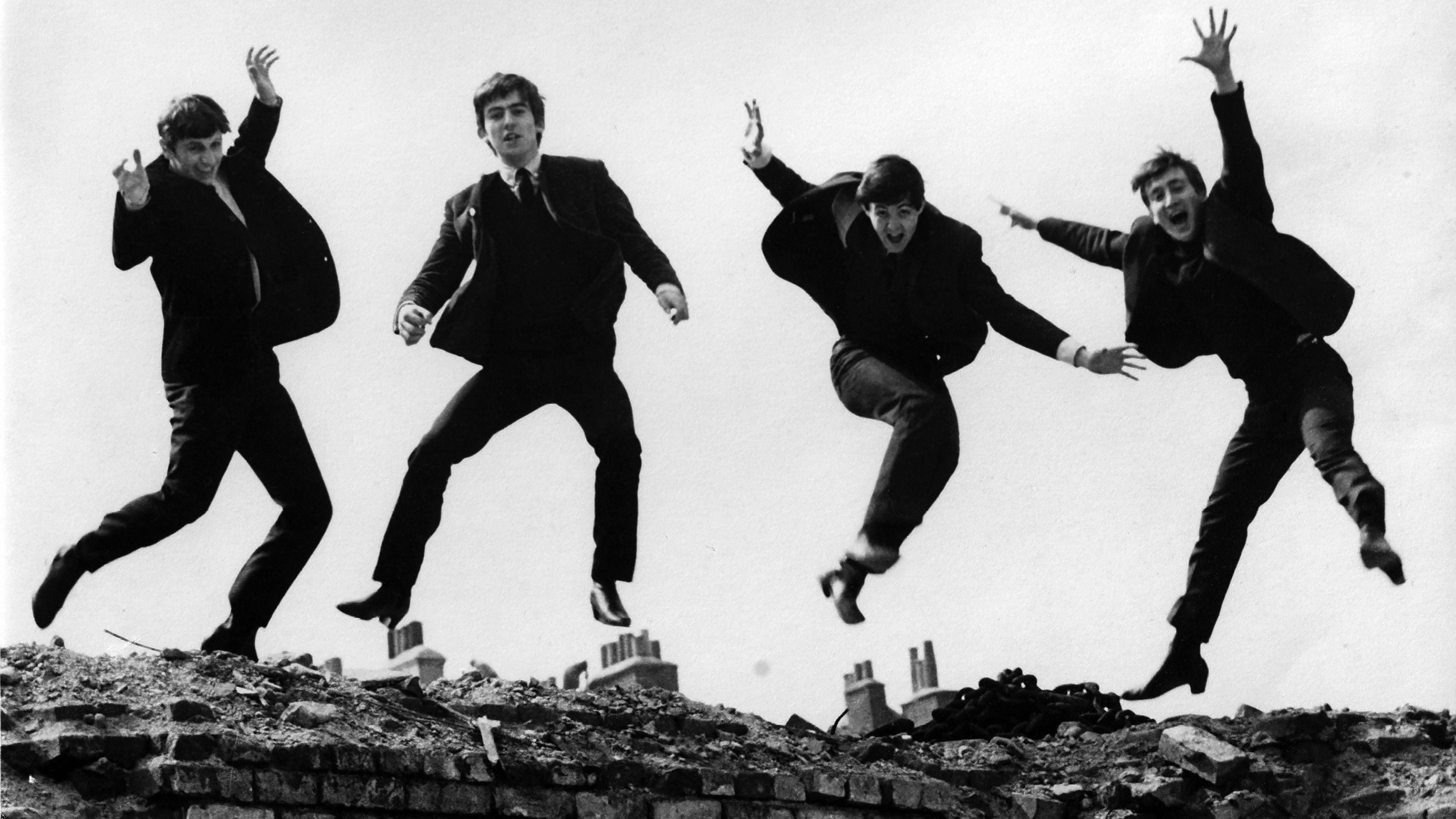
By the end of that magical, mystical year, the Beatles had racked up a whopping six number one singles, with their first, “I Want to Hold Your Hand,” designated the top single of the year.
As we know, it turned out the Beatles were not a passing fad. Together less than a decade, they broke most every record in the music business, amassing a record 20 number 1 hits, with Paul McCartney’s 1965 composition “Yesterday” becoming the most covered rock song in history. Their music continually developed and matured, and by the end of their run, not just teenagers but their parents respected, if not revered, them.
Sixty years later, “A Hard Day’s Night” shows its age a bit, but still captures the exhilaration of those bright, early days of the Beatles, before the crush of ongoing superstardom took its toll. Of course, America and the world would go darker too as the decade progressed.
In 1996, Roger Ebert paid eloquent tribute to the film and its enduring impact: “The Beatles would go through a long summer, a disillusioned fall, a tragic winter. But oh, what a lovely springtime. And it’s all in a movie.”
More: 6 Movies for "A Hard Day's Night" — Swingin' '60s London on Film
